-

Edoxaban Impurity C (HCl) CAS:1243308-37-3
Edoxaban Impurity C (HCl) is a notable compound in pharmaceutical chemistry due to its implications in drug purity and safety assessments. As an impurity found in edoxaban, a novel oral anticoagulant, Impurity C (HCl) requires precise identification and characterization to ensure compliance with regulatory standards.
-
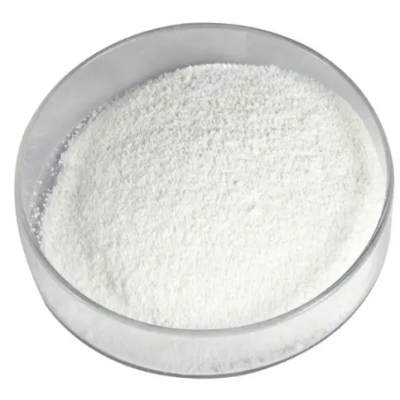
Solifenacin succinate CAS:242478-38-2
Solifenacin succinate is a pharmaceutical compound recognized for its efficacy in treating overactive bladder (OAB) symptoms in adults. As a selective muscarinic receptor antagonist, solifenacin succinate plays a crucial role in managing urinary urgency, frequency, and incontinence associated with OAB, significantly improving patients’ quality of life.
-
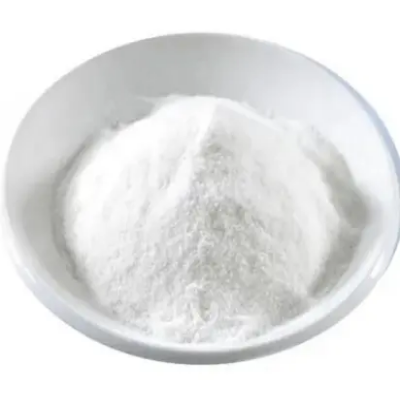
1,3-Dioxo-2-isoindolineaceticacid CAS:6296-53-3
1,3-Dioxo-2-isoindolineacetic acid is a chemical compound notable for its applications in organic synthesis and medicinal chemistry. Synthesized through the reaction of phthalic anhydride with glycine or its derivatives, this compound possesses unique structural features that contribute to its functional versatility and potential pharmacological activities.
-
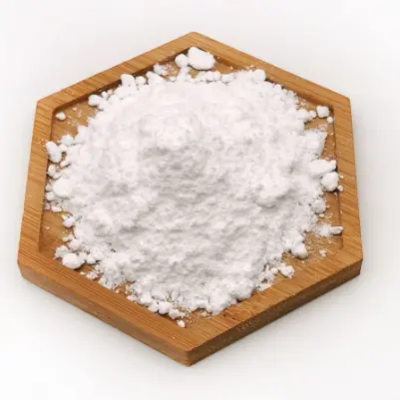
(6-broMopyridin-2-yl)(1-Methylpiperidin-4-yl)Methanone CAS:613678-08-3
(6-Bromopyridin-2-yl)(1-methylpiperidin-4-yl)methanone, also known as bromopyridine methylpiperidone, is a chemical compound valued for its diverse applications in medicinal chemistry and pharmaceutical research. Synthesized through the reaction of 6-bromopicolinic acid with 1-methylpiperidin-4-one, this compound possesses unique structural features that contribute to its pharmacological potential and functional versatility.
-
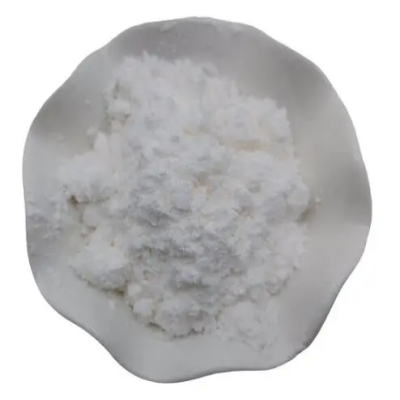
3-Ethoxy-4-methoxybenzaldehyde CAS:1131-52-8
3-Ethoxy-4-methoxybenzaldehyde is a chemical compound recognized for its significance in organic synthesis and medicinal chemistry. This compound is synthesized through the reaction of 3-ethoxy-4-methoxytoluene with an oxidizing agent, typically nitric acid, followed by subsequent oxidation to yield the aldehyde group. It features a distinctive molecular structure that contributes to its versatility and potential pharmacological activities.
-

Lasmiditant CAS:439239-90-4
Lasmiditan, marketed under the brand name Reyvow, is a novel pharmaceutical compound designed to alleviate acute migraine attacks in adults. It belongs to the class of selective serotonin receptor agonists, specifically targeting the 5-HT1F receptor subtype. This mechanism of action distinguishes Lasmiditan from traditional migraine treatments, as it does not induce vasoconstriction, making it suitable for patients with cardiovascular risk factors.
-

N-Methylcarbonyl-2-chloroacetamidrazone CAS:155742-64-6
N-Methylcarbonyl-2-chloroacetamidrazone is a chemical compound known for its versatile applications in organic synthesis and coordination chemistry. Its synthesis involves the reaction of N-methylcarbamoyl chloride with 2-chloroacetohydrazide, resulting in a compound with distinct structural and functional properties. This compound is characterized by its ability to form complexes with various metal ions, making it valuable in coordination chemistry studies. Additionally, its carbonyl and amidrazone groups contribute to its reactivity and potential pharmacological activities, which are areas of ongoing research interest.
-
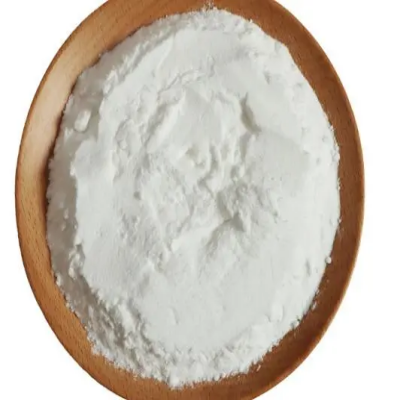
Lasmiditan HCl CAS:613677-28-4
Lasmiditan hydrochloride (Lasmiditan HCl) is a pharmaceutical compound renowned for its role in treating acute migraine attacks in adults. Developed as a selective serotonin receptor agonist, specifically targeting the 5-HT1F receptor subtype, Lasmiditan HCl represents a significant advancement in migraine therapy due to its unique mechanism of action and clinical efficacy.
-
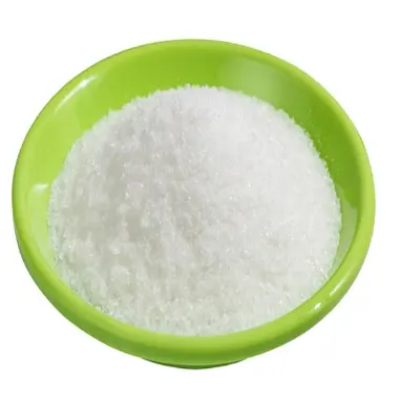
(6-aMinopyridin-2-yl)(1-Methylpiperidin-4-yl)Methanone CAS:613678-03-8
(6-Aminopyridin-2-yl)(1-methylpiperidin-4-yl)methanone, also known as aminopyridine methylpiperidone, is a chemical compound with significant implications in medicinal chemistry and pharmaceutical research. Synthesized through the reaction of 6-aminopicolinic acid with 1-methylpiperidin-4-one, this compound exhibits distinctive structural features that contribute to its pharmacological potential and functional versatility.
-
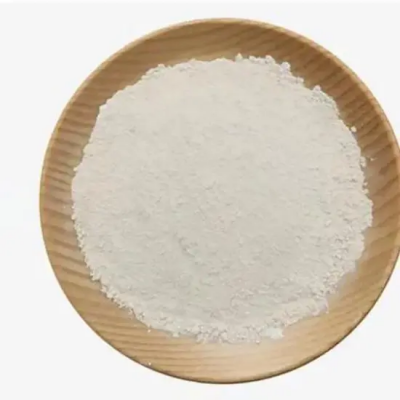
(S)-(+)-3-Quinuclidinol CAS:34583-34-1
(S)-(+)-3-Quinuclidinol, also known simply as quinuclidinol, is a significant compound in organic chemistry and pharmaceutical research due to its structural uniqueness and versatile applications. This chiral compound is derived from quinuclidine and exhibits distinct chemical and pharmacological properties that have attracted attention across various scientific disciplines.
-
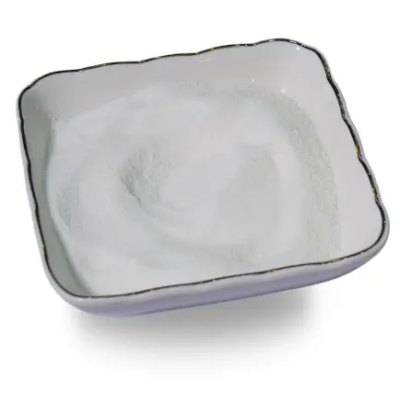
APREPITANT INTERMEDIATES CAS:171482-05-6
Aprepitant intermediates play a pivotal role in the pharmaceutical synthesis of aprepitant, a potent neurokinin-1 (NK1) receptor antagonist used primarily in the prevention of chemotherapy-induced nausea and vomiting (CINV). These intermediates are crucial components in the multi-step synthetic pathway leading to aprepitant’s final formulation. Aprepitant itself is recognized for its efficacy in managing CINV, offering significant relief to patients undergoing chemotherapy. The synthesis of aprepitant involves several key steps, with intermediates serving as building blocks that enable the efficient production of this important therapeutic agent.
-
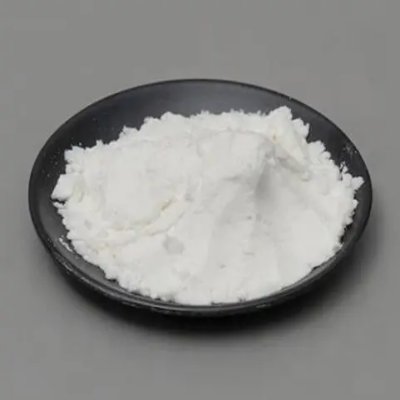
2,4,6-TRIFLUOROBENZOYL CHLORIDE CAS:79538-29-7
2,4,6-Trifluorobenzoyl chloride, also known as trifluorobenzoyl chloride, is a key chemical compound valued for its versatile applications in organic synthesis and industrial processes. Synthesized through the chlorination of 2,4,6-trifluorobenzoic acid, this compound exhibits distinctive chemical properties that contribute to its widespread use across various fields.

